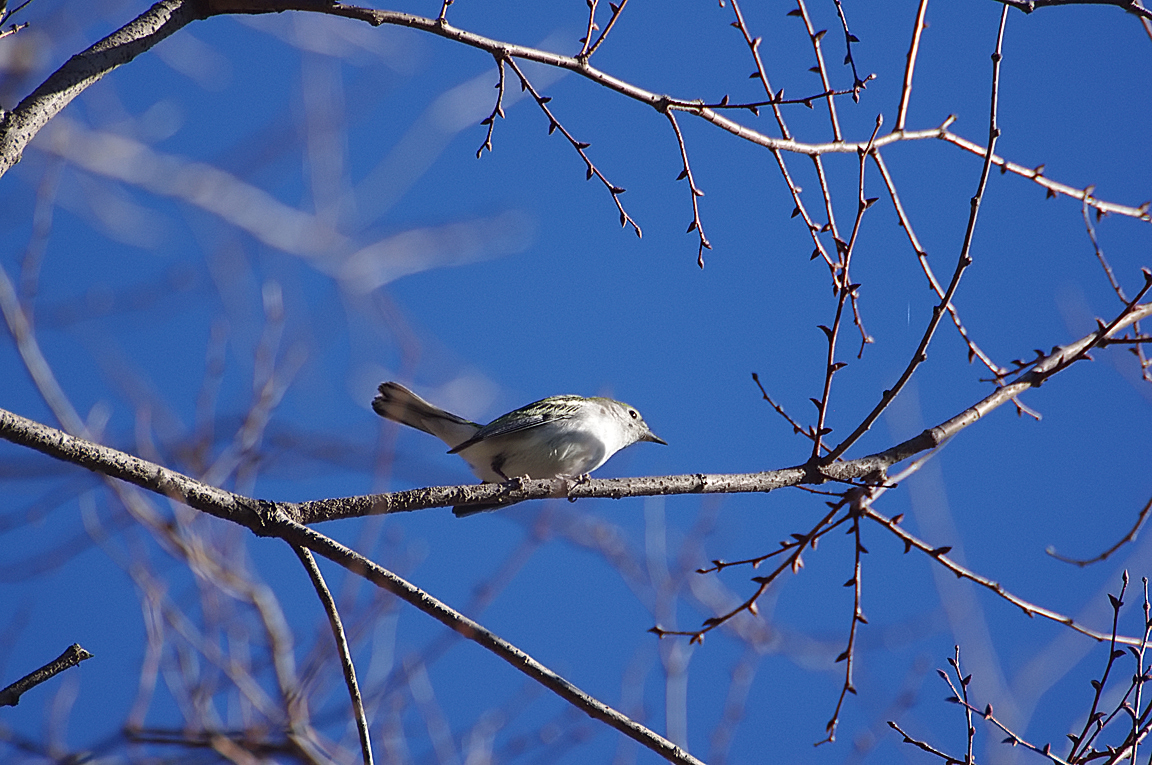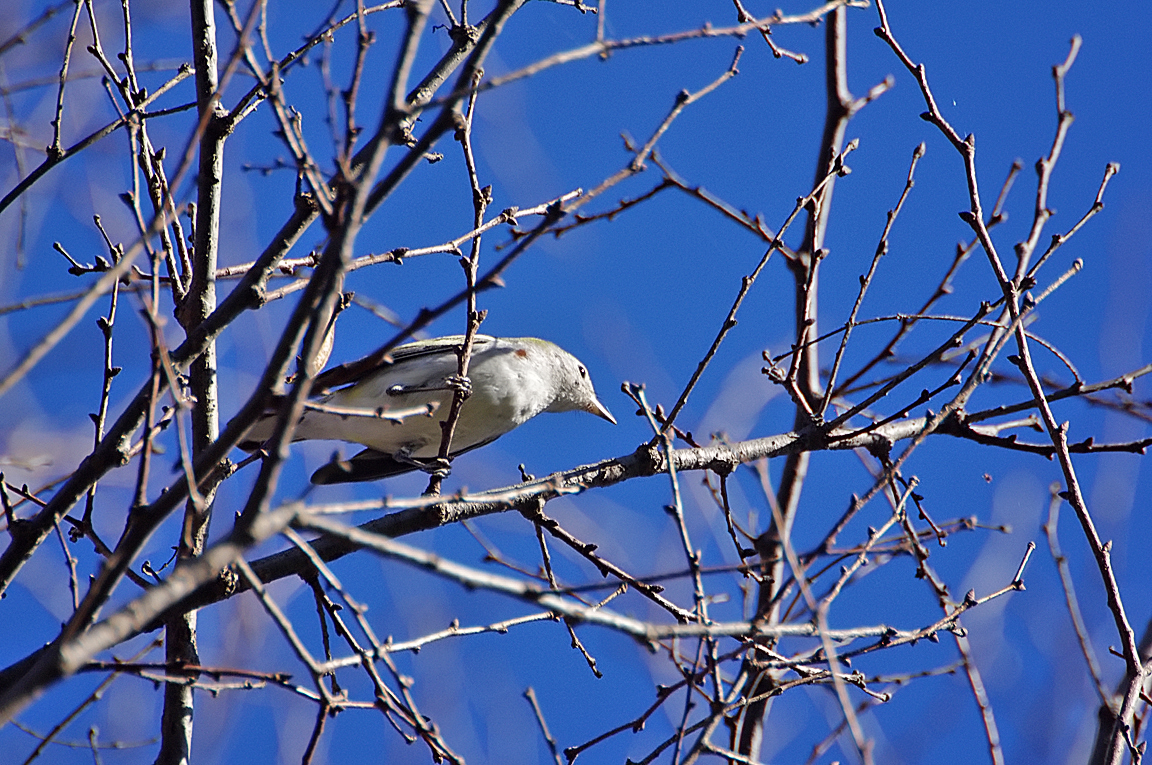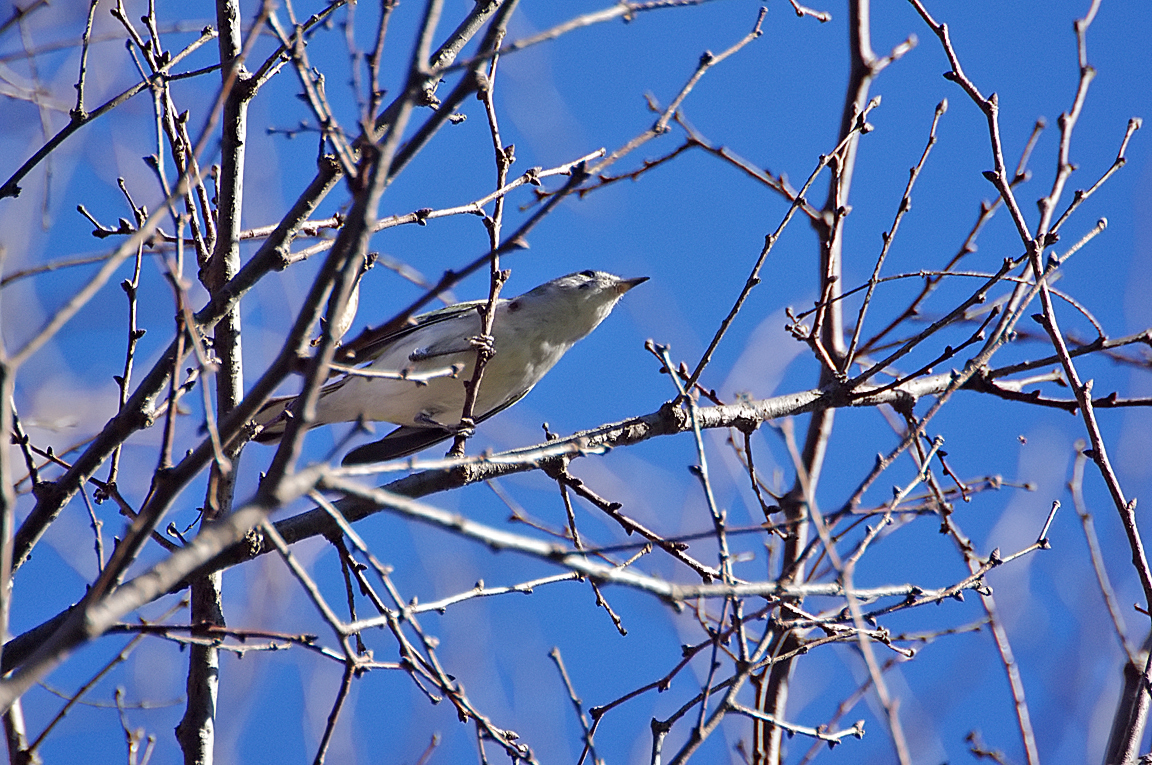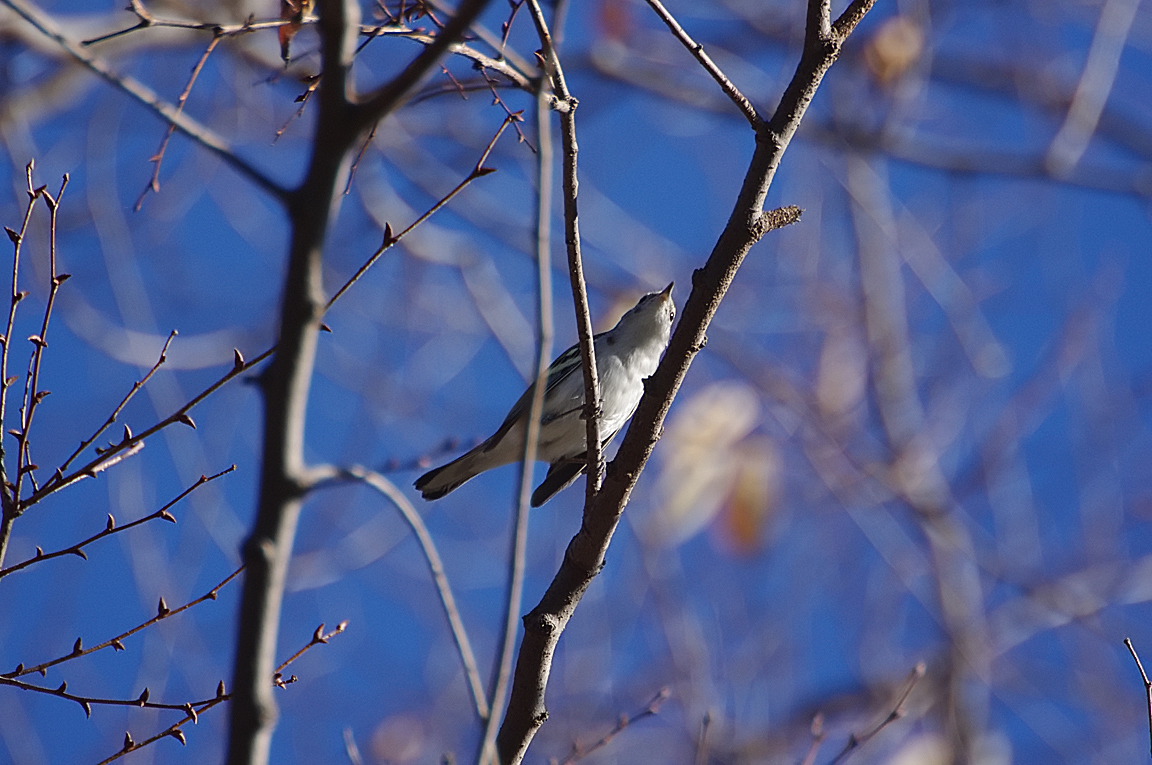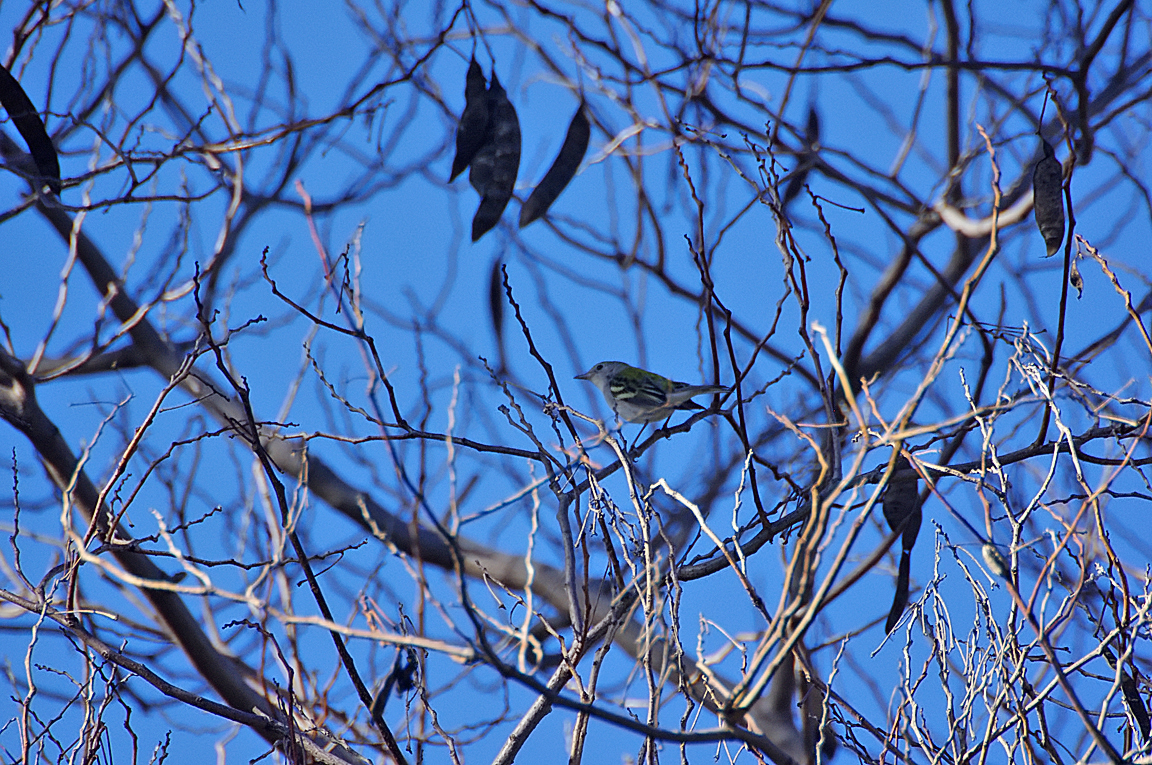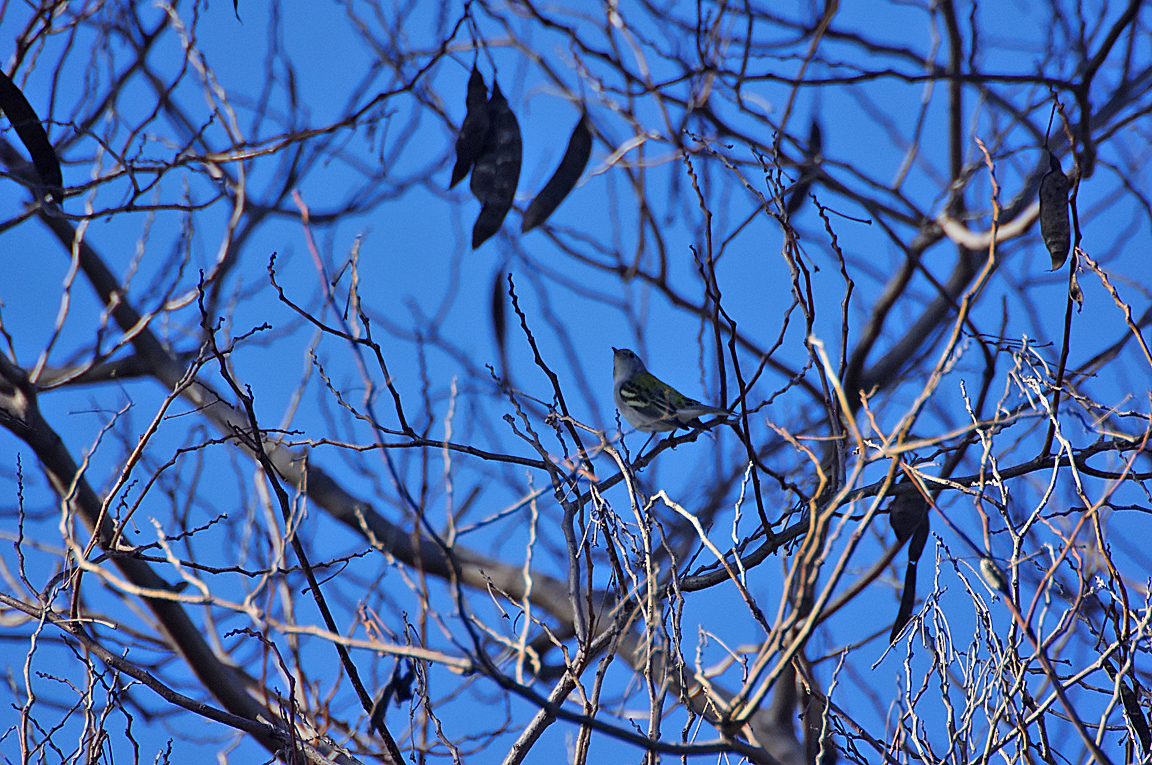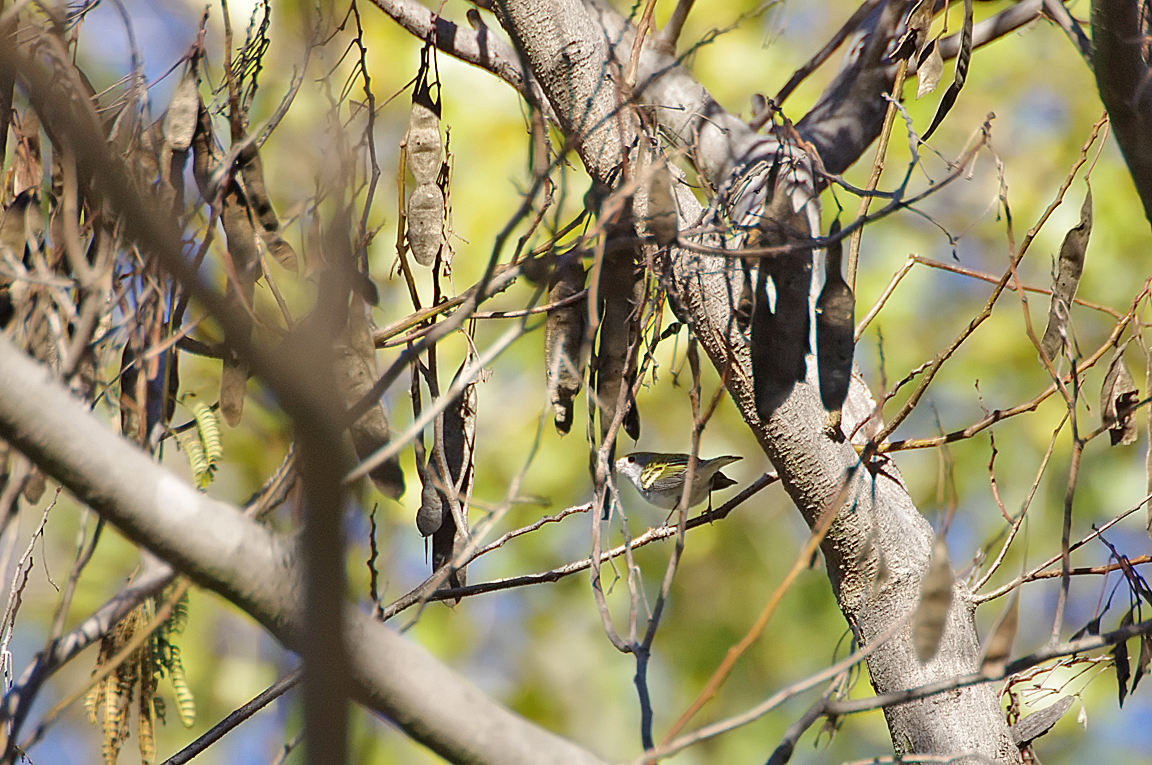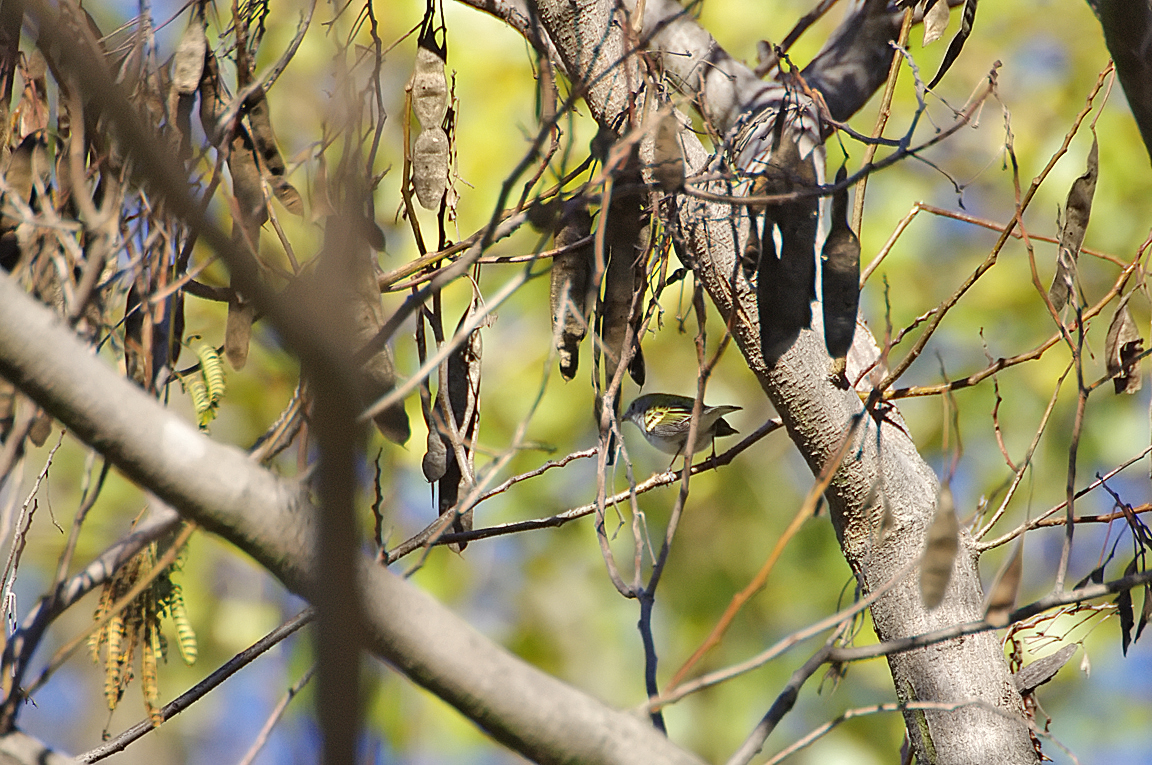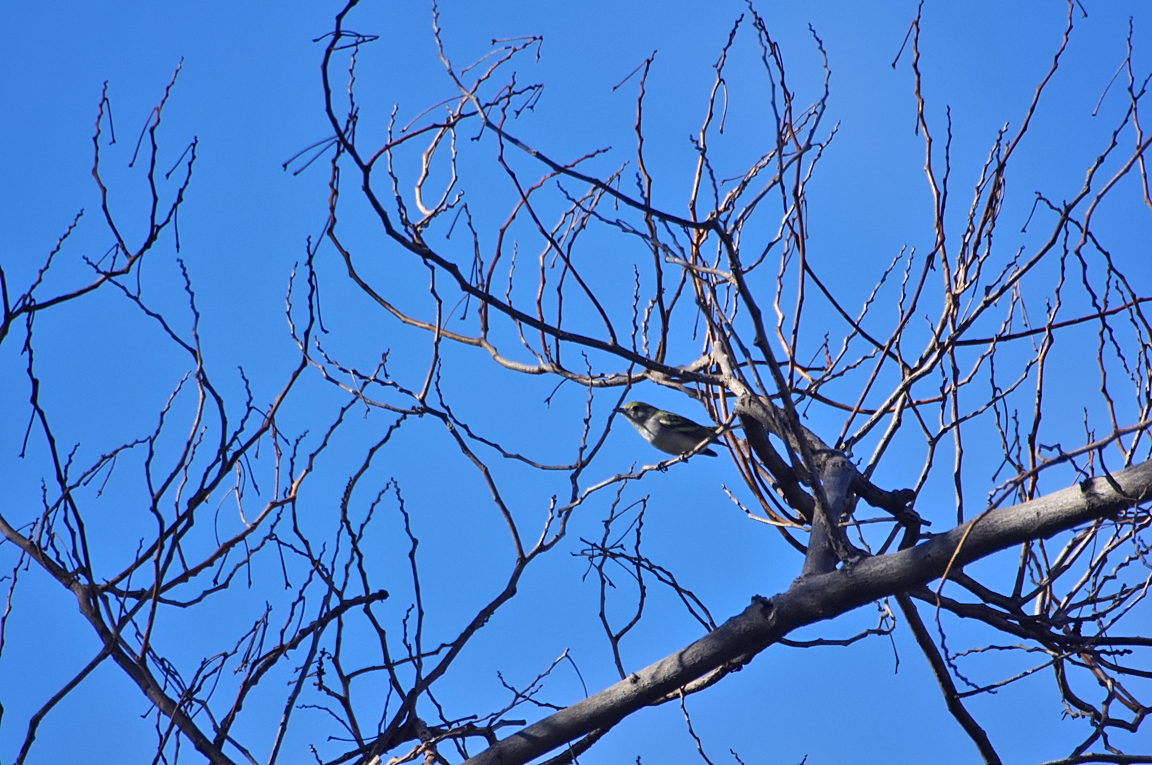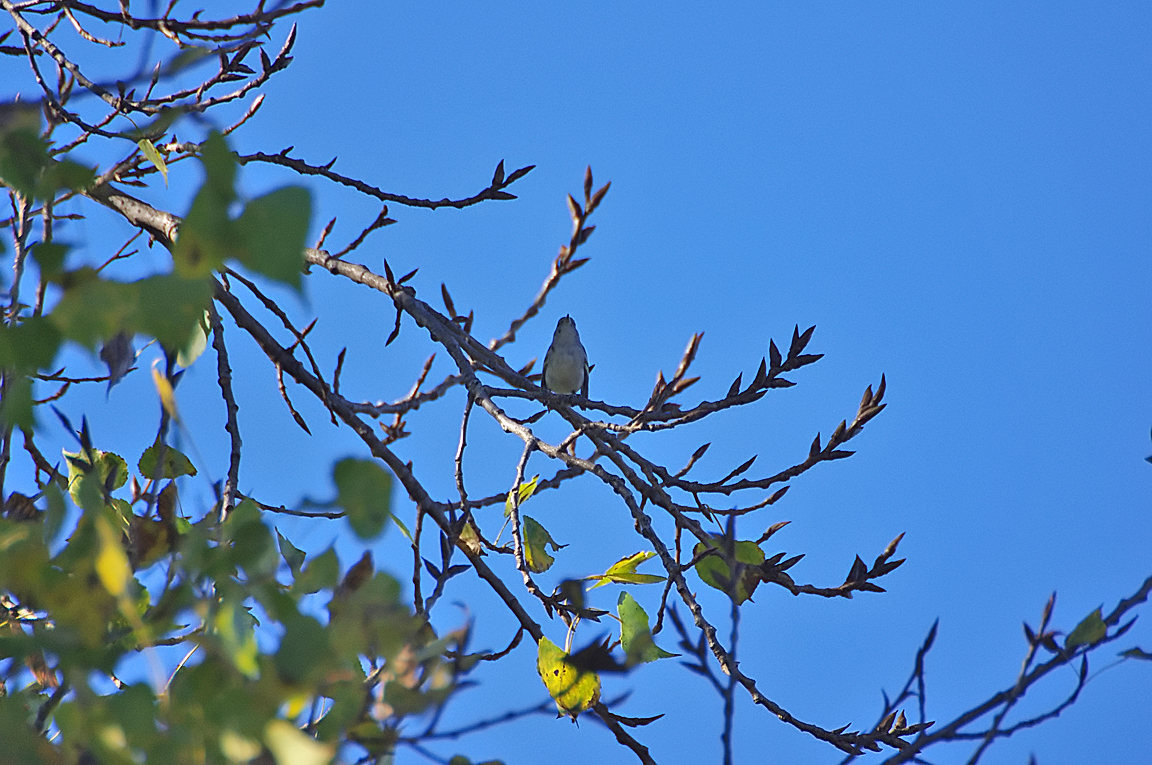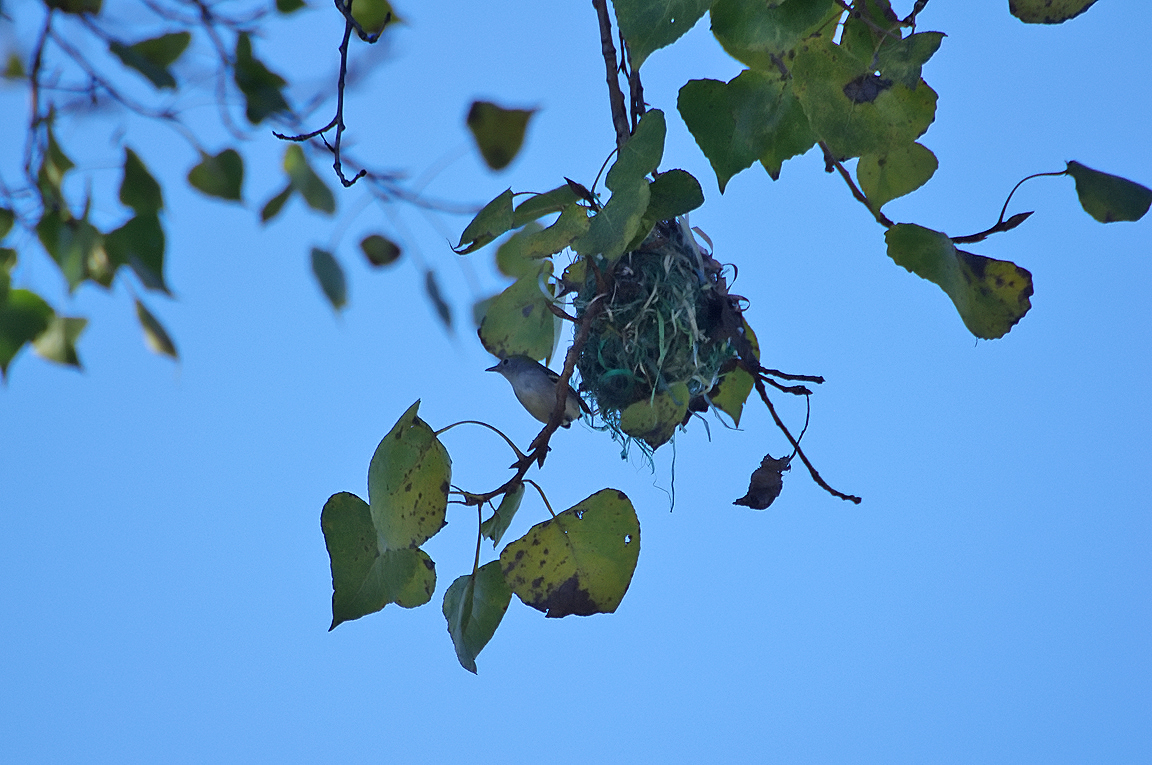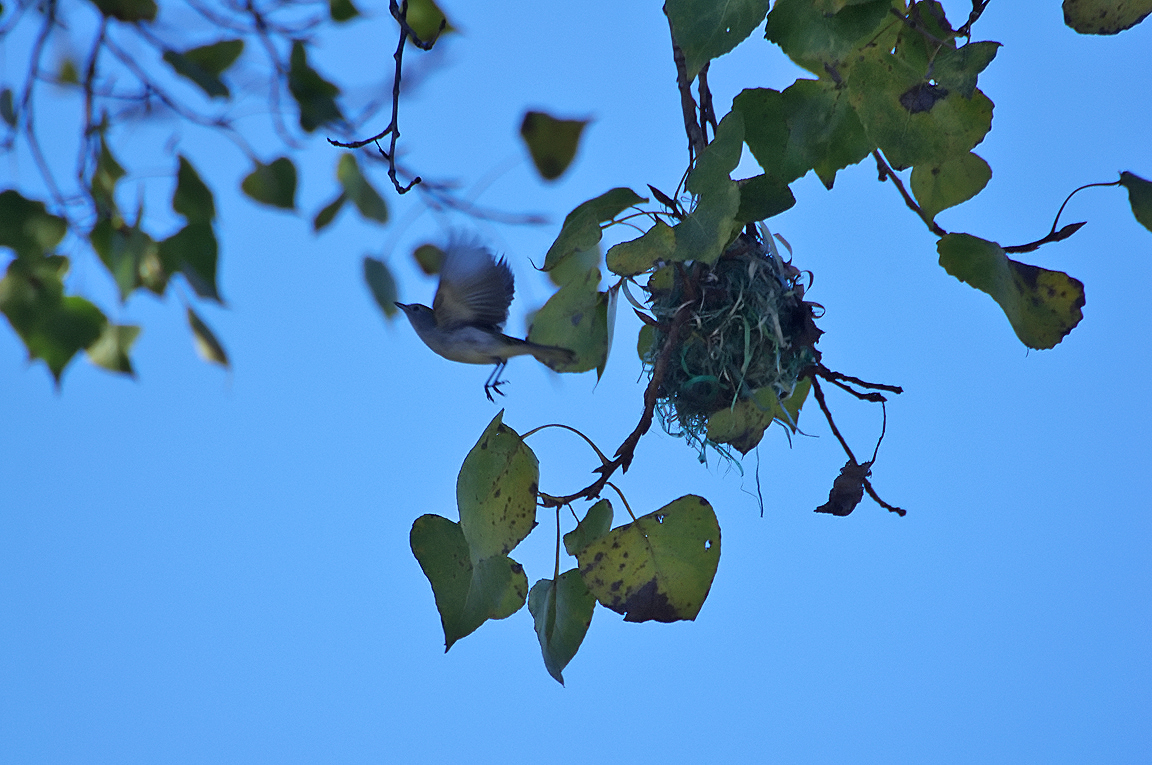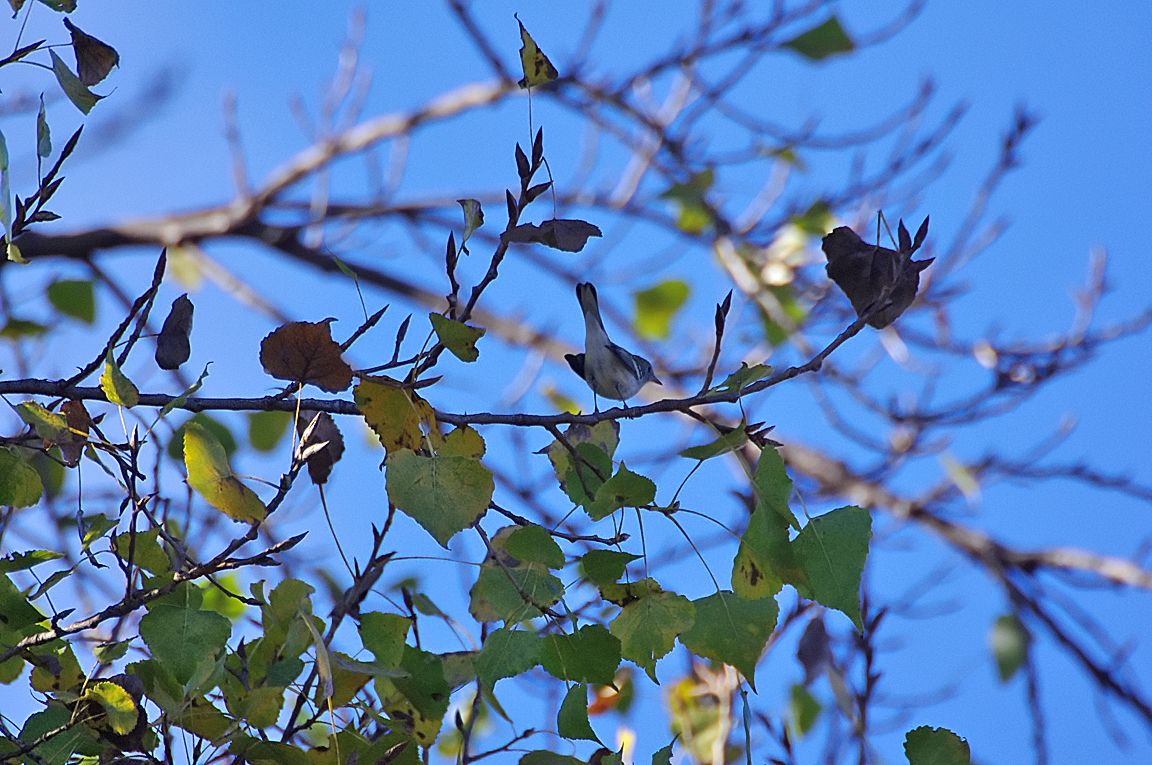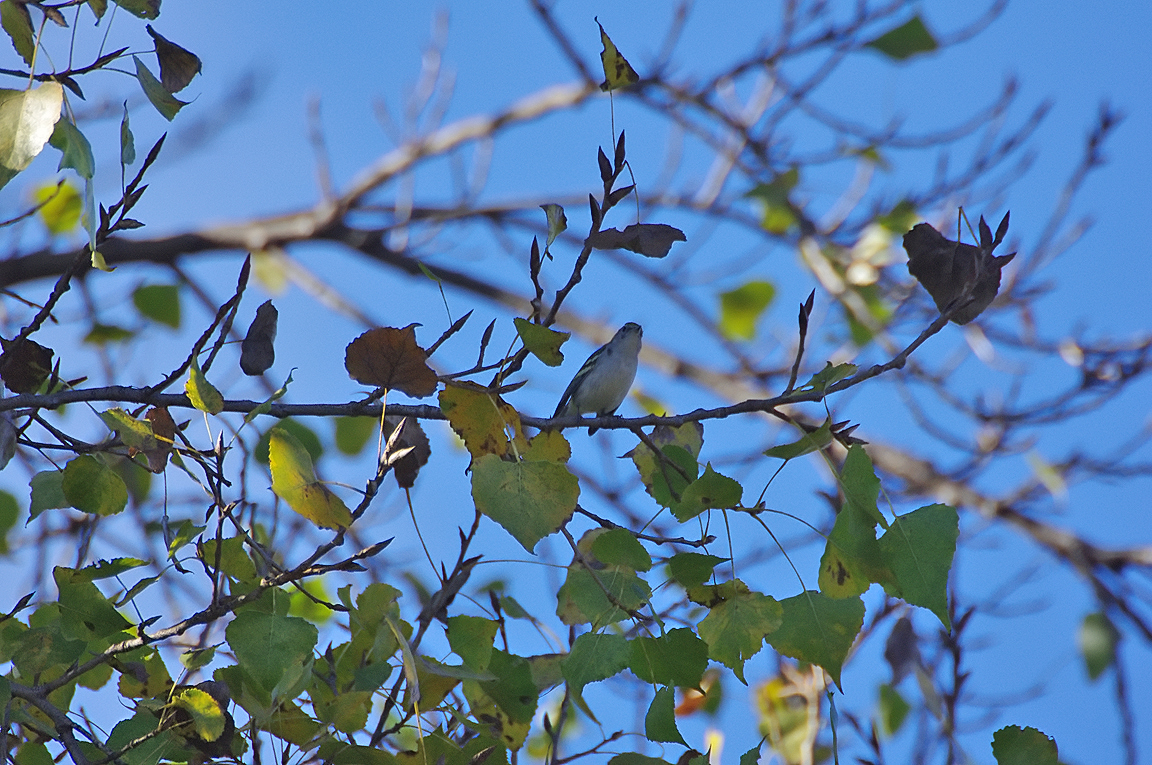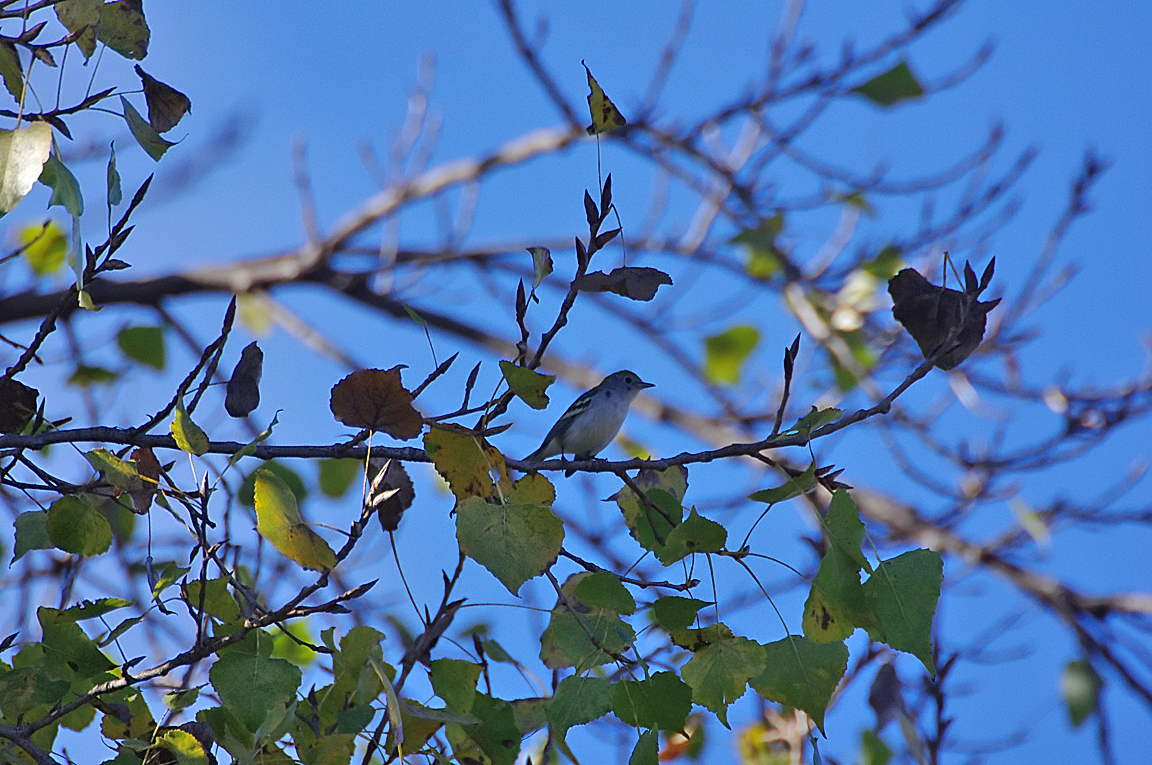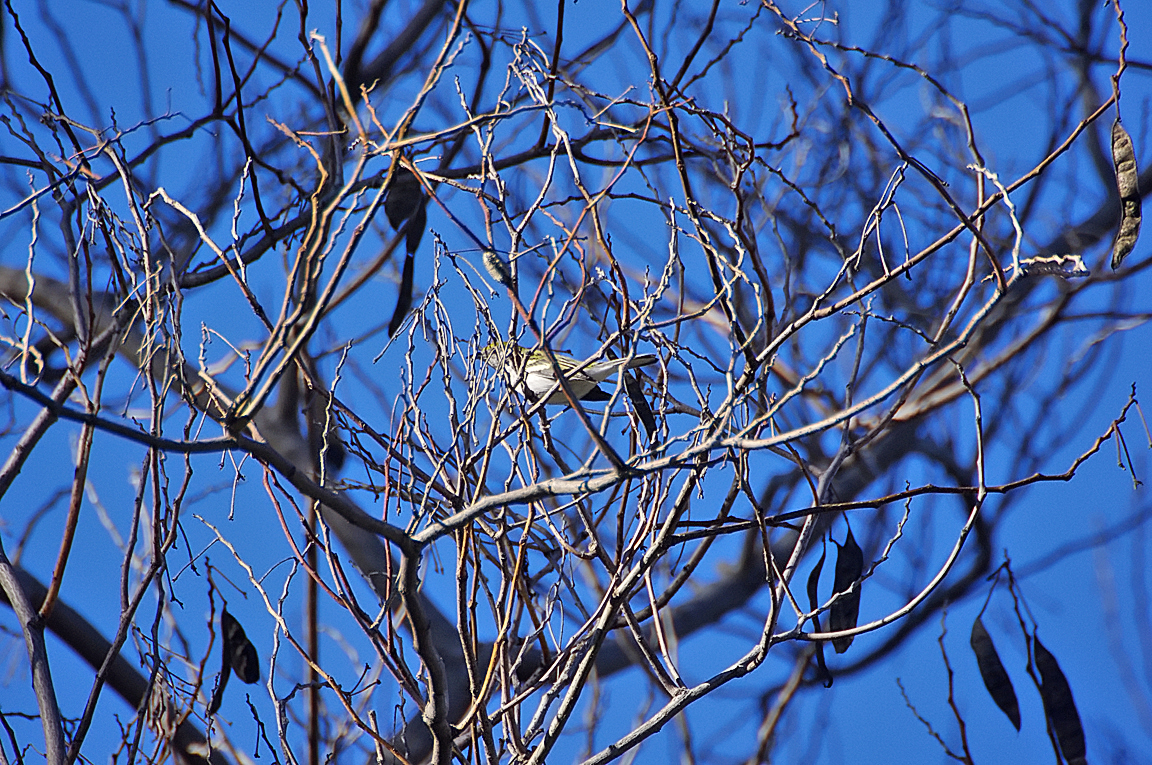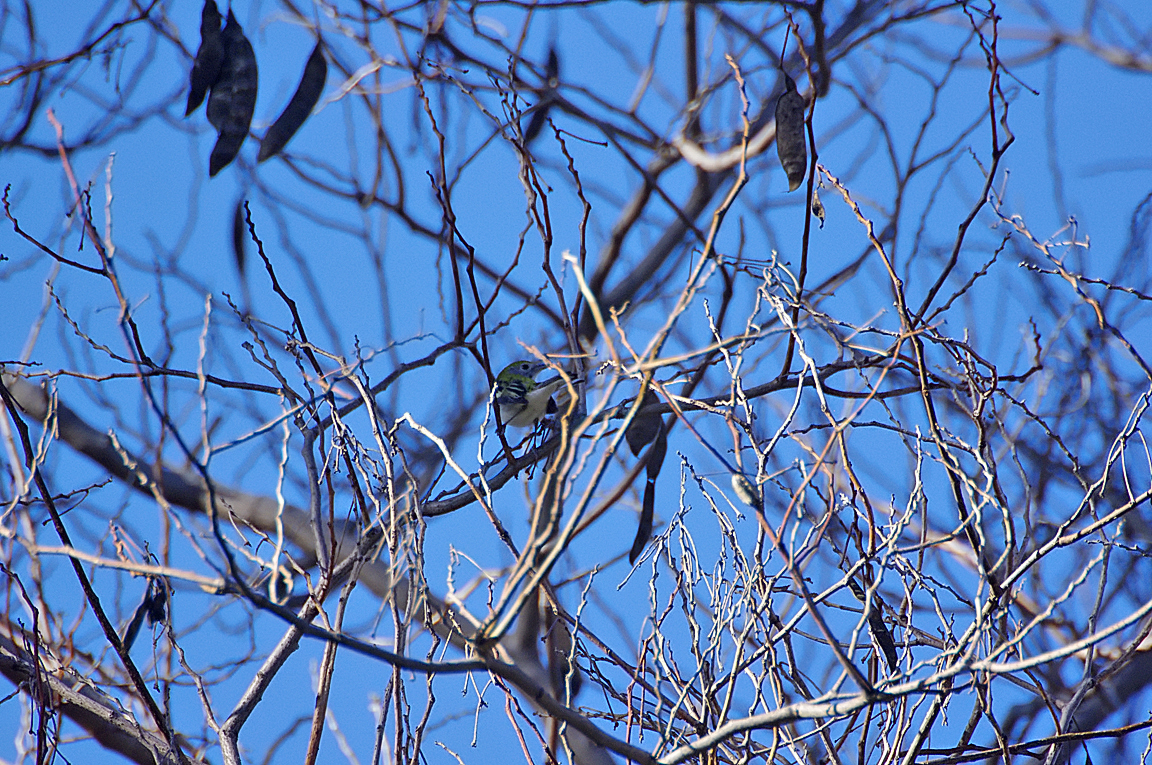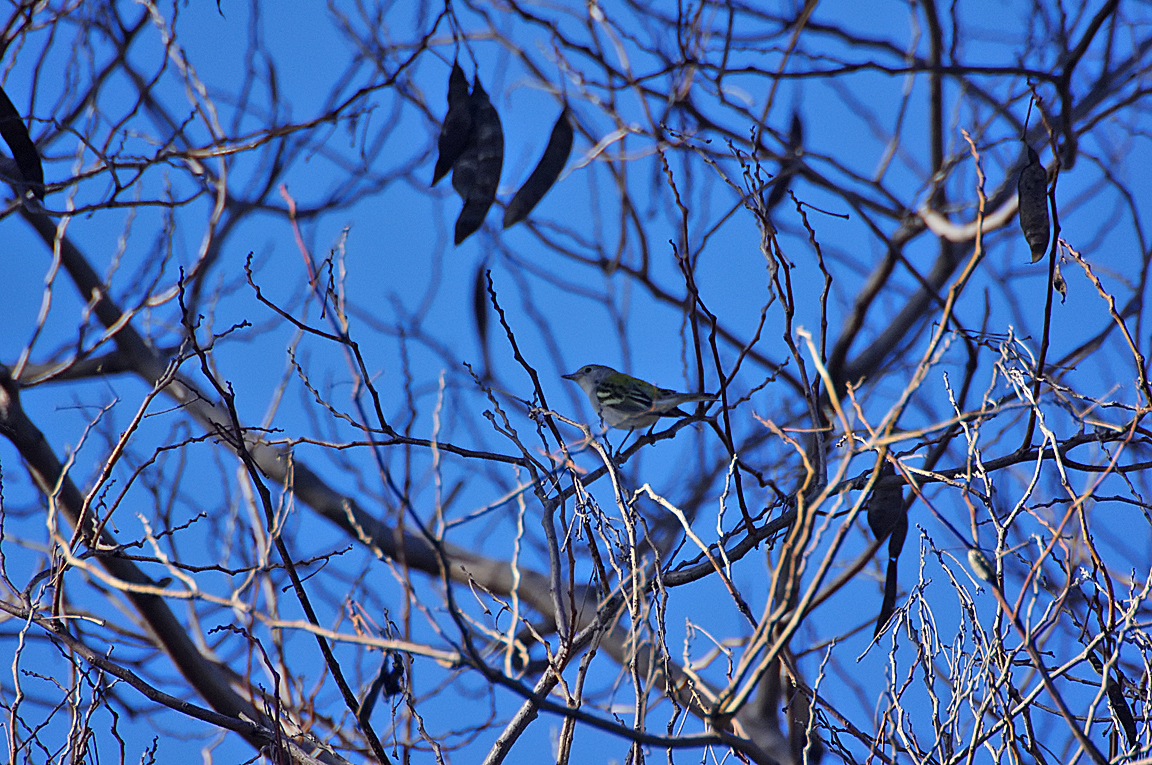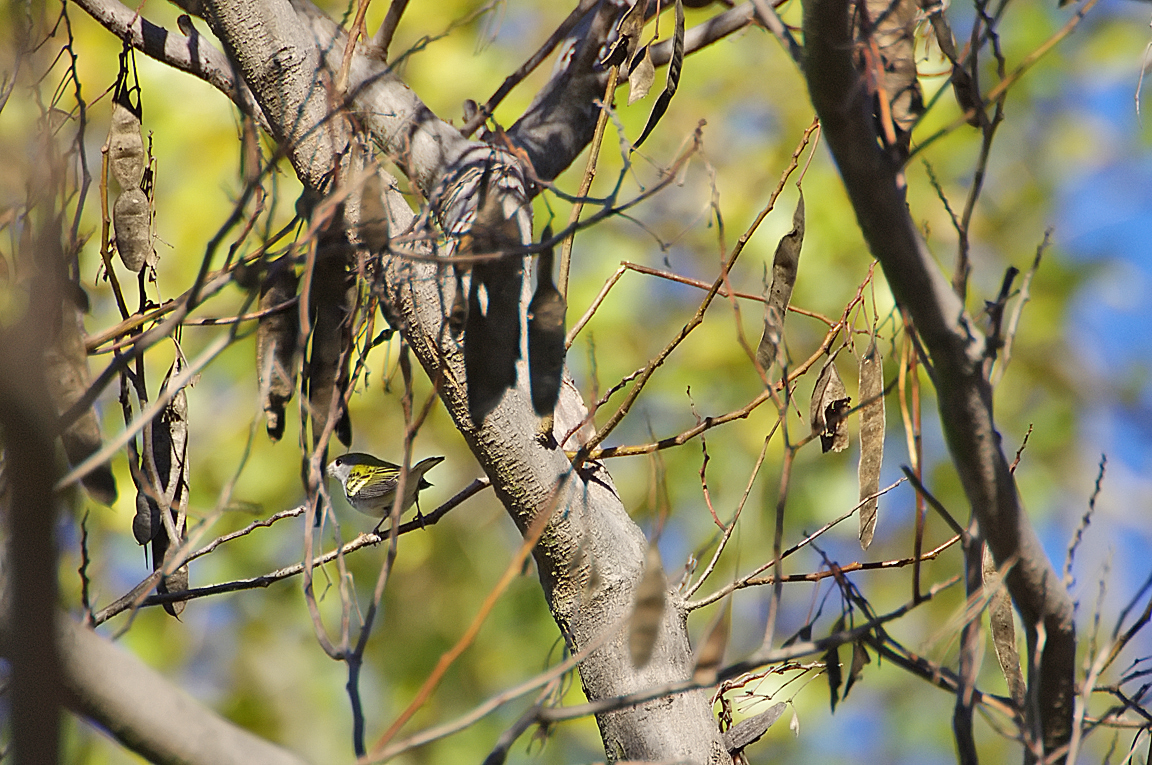|
|
|
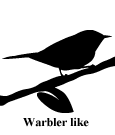 |
Chestnut-sided Warbler
|
| Dendroica pensylvanica | |
A common bird of second growth and scrubby forests, the Chestnut-sided Warbler is distinctive in appearance. No other warbler combines a greenish-yellow cap, a white breast, and reddish streaks down the sides.
Interesting Information
-
On the wintering grounds in Central America the Chestnut-sided Warbler joins in mixed-species foraging flocks with the resident antwrens and tropical warblers. An individual warbler will return to the same area in subsequent years, joining back up with the same foraging flock it associated with the year before.
-
The Chestnut-sided Warbler sings two basic song types: one is accented at the end (the pleased-to-MEETCHA song), and the other is not. The accented songs are used primarily to attract a female and decrease in frequency once nesting is well under way. The unaccented songs are used mostly in territory defense and aggressive encounters with other males. Some males sing only unaccented songs, and they are less successful at securing mates than males that sing both songs.
Description
Adult Description
-
Small songbird.
-
Forehead yellow.
-
Black mustache stripe on face.
-
Underparts white.
-
Chestnut streak along sides.Length Range: 13-13 cm (5-5.25 in)
-
Weight: 11 g (0.4 oz)
-
Size: Small (5 - 9 in)
Sex Differences
Male Description
Breeding (Alternate) plumage: Crown bright yellow, with white edge at front. Nape pale gray streaked with black. Back striped yellow and black. Tail blackish. Black stripe from bill to behind eye. Black mustache stripe. Cheek white. Throat, chest, belly, and under tail white. Sides with long narrow chestnut streak. Two broad yellowish wingbars. Flight feathers outlined in pale yellow or white.
Nonbreeding (Basic) plumage: Back, nape, and crown yellowish green. Some dark streaking on rump. Sides of head and neck pale gray. White eyering. Underparts dull white. Long thin streak of chestnut along sides. Two broad yellowish wingbars. Flight feathers outlined in pale yellow or white. Eyes dark. Legs dark.
Female Description
Breeding (Alternate) plumage: Chestnut streak on sides less extensive than on male. Wings with two broad yellowish wingbars. Crown greenish yellow. Dull black or slaty line through eye. Dull black or slaty mustache stripe. Cheek whitish. Back green with black streaks.
Nonbreeding (Basic) plumage: Back, nape, and crown yellowish green. Some dark streaking on rump. Sides of head and neck pale gray. White eyering. Underparts dull white. Thin streak of chestnut along sides; may be absent. Two broad yellowish wingbars. Flight feathers outlined in pale yellow or white. Eyes dark. Legs dark.
Immature
Immature resembles fall adult, but streaks on back finer. Immature female without chestnut on sides.
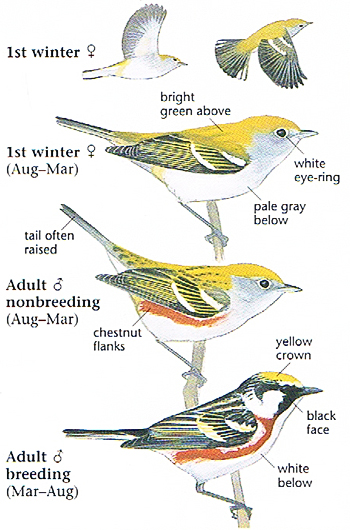
Photo taken from: The Sibley Field Guide by David Allen Sibley
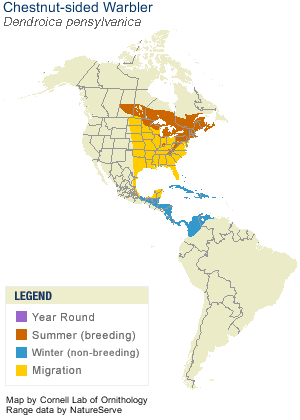
© 2003 Cornell Lab of Ornithology
|
Habitat |
|
|
Behavior |
|
Gleans insects from the bottom of leaves. |
|
Food |
|
Insects and other arthropods, occasionally fruit. |
Taxonomy
| Kingdom: | Animalia |
| Phylum: | Chordata |
| Subphylum: | Vertebrata |
| Class: | Aves |
| Order: | Passeriformes |
| Family: | Parulidae |
| Genus: | Dendroica |
| Species: | Dendroica pensylvanica |
Similar Species |
|
|
Bird Sound |
|
Song a series of musical notes, usually accented at the end: "pleased, pleased, pleased to MEETCHA." |
|
Eggs look like this |
|
Photo taken from: ARCTOS Collaborative Collection Management Solution |
